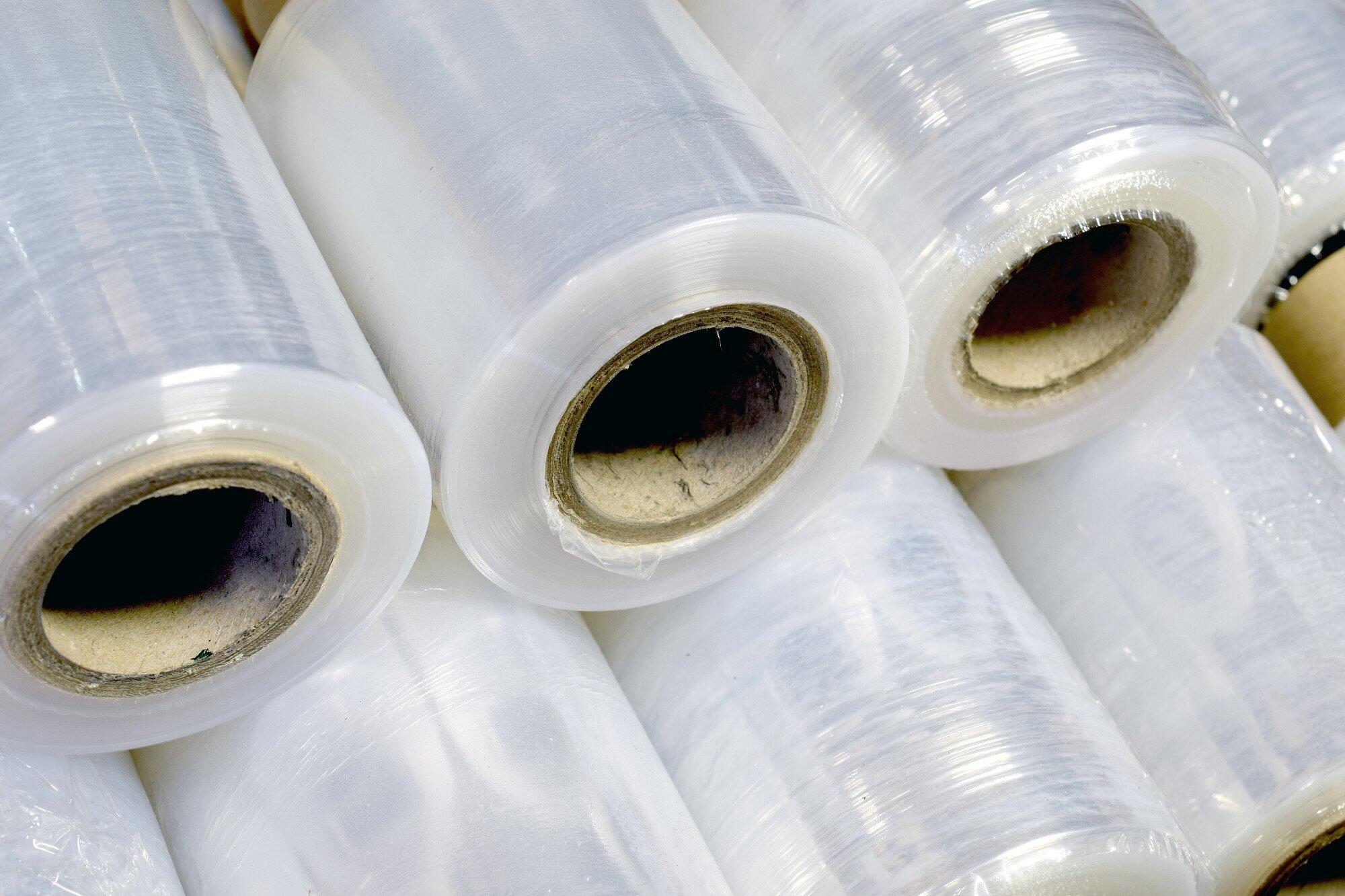When it comes to product packaging, choosing the right type of packaging film is crucial. Different products often require different kinds of packaging materials based on their unique characteristics and requirements.
By delving deeper into the realm of packaging films, we can explore the various types available and gain insights into their optimal utilization for diverse product categories.
Let’s take a closer look at the different types of sustainable packaging films. How they can be best used for different products? Let’s get started!
Contents
Polyethylene (PE)
This is one of the most commonly used types of packaging films. It is versatile and affordable. It also offers excellent moisture resistance. This makes it a suitable choice for food products that need to stay fresh.
PE film is also often used in the flexible packaging of larger items such as furniture due to its durability and strength.
Polypropylene (PP)
This film is another frequently used packaging material known for its high clarity and gloss. It’s usually the go-to choice for packaging products that need a clear view, like baked goods or magazines, due to its superior transparency that enhances the appearance of the packaged item.
Polyvinyl chloride (PVC)
Film, a versatile material, is renowned for its exceptional clarity and stiffness. Its remarkable resistance to grease and oil. This makes it an ideal choice for various applications, including the packaging of meat products and medical devices.
With its ability to maintain product integrity and ensure hygiene standards, the film plays a crucial role. This is in preserving the freshness and safety of perishable goods while providing a reliable barrier against contaminants.
Polyester (PET)
This film is known for its robustness and exceptional heat resistance. This proves to be an ideal choice for products that necessitate sterilization or high-temperature processing. PET films, specifically, find extensive usage in items.
This is such as microwaveable meals or products that require a superior barrier against oxygen and moisture. It ensures the preservation and quality of the contents. With its remarkable properties, film emerges as a reliable and versatile solution in various industries.
Polystyrene (PS)
The film’s characteristics are lightweight and exceptionally clear. It’s an excellent choice. This is for products that need lightweight packaging. It is often used for items like CD cases and yogurt containers.
Choosing the right film for your product is a critical decision. This can significantly impact your product’s shelf life and appearance. It also affects market success. It’s essential to consider the characteristics of your product and the unique properties of each packaging film.
Certain products need containment packaging products that require exceptional protection. This is against moisture and oxygen. It’s also known for its durability. This makes it an ideal choice for heavy-duty packaging needs.
Explore Different Types of Packaging Film Today
In conclusion, there’s no one-size-fits-all when it comes to packaging film. Each type has its strengths and best uses, and understanding these can help ensure that your product is packaged in the best possible way.
So, whether you’re a business owner looking to package your goods or a consumer curious about the packaging materials, having a basic understanding of these films can help make more informed decisions.
Did you find this article helpful? Check out the rest of our blogs!

